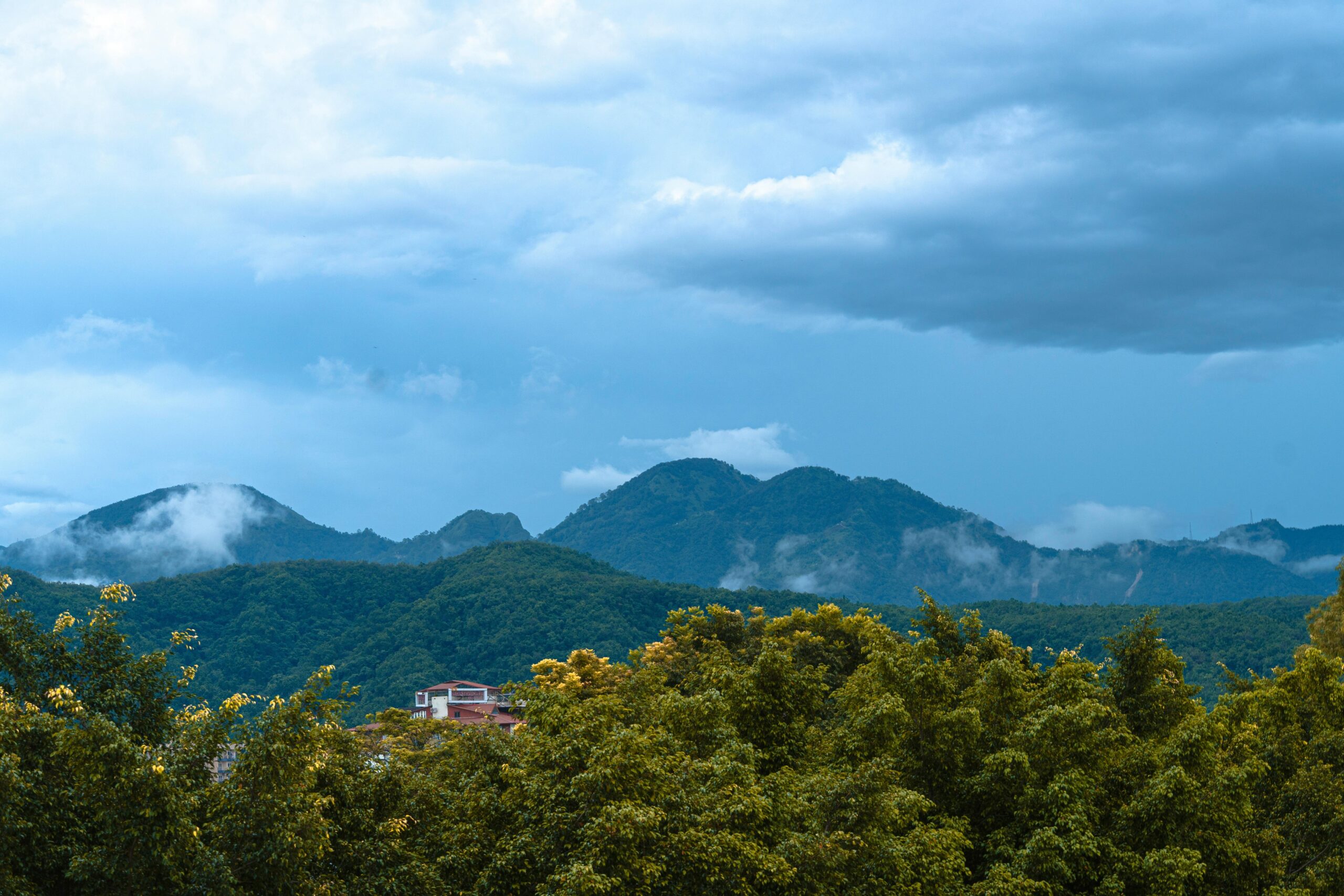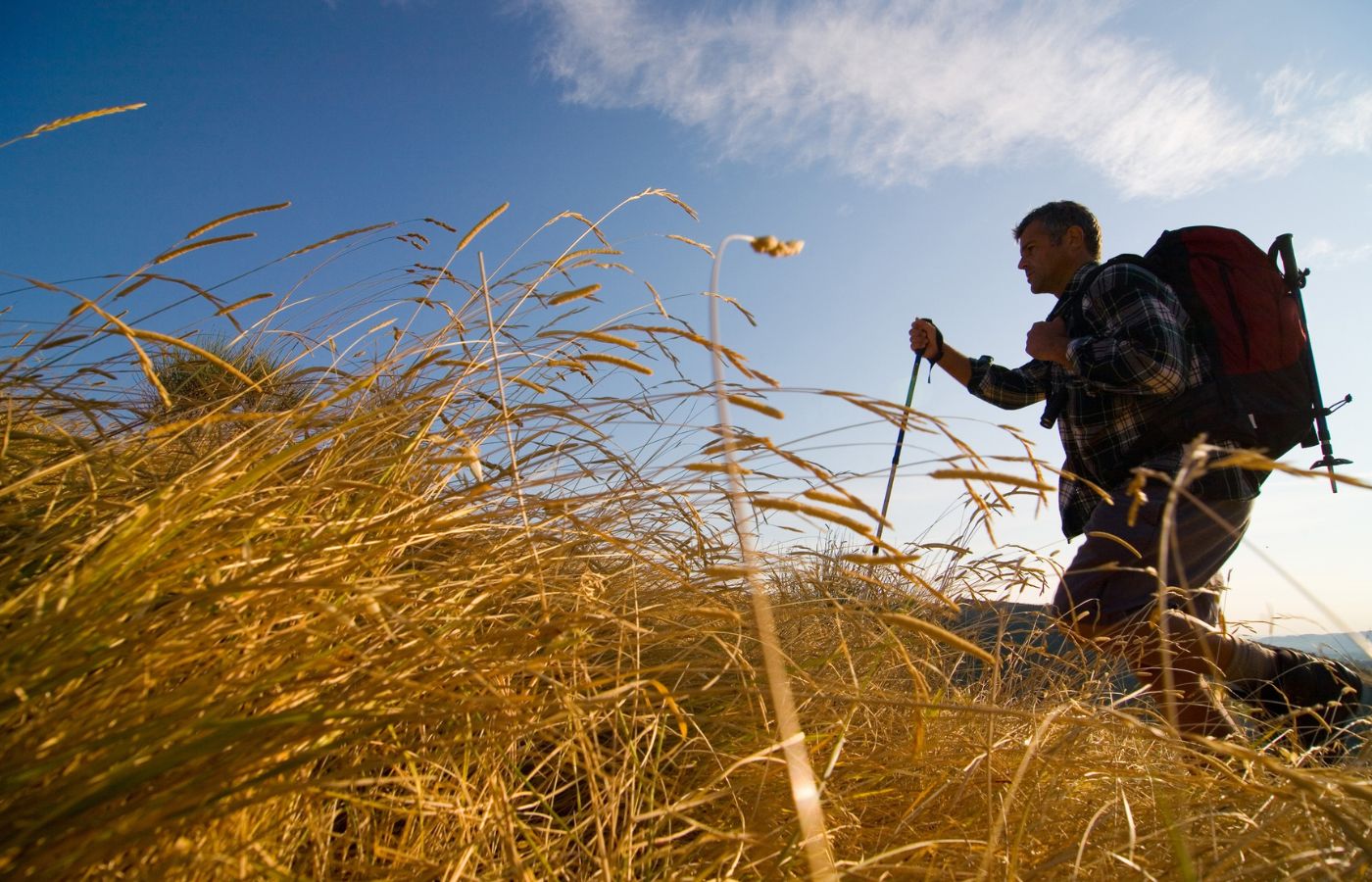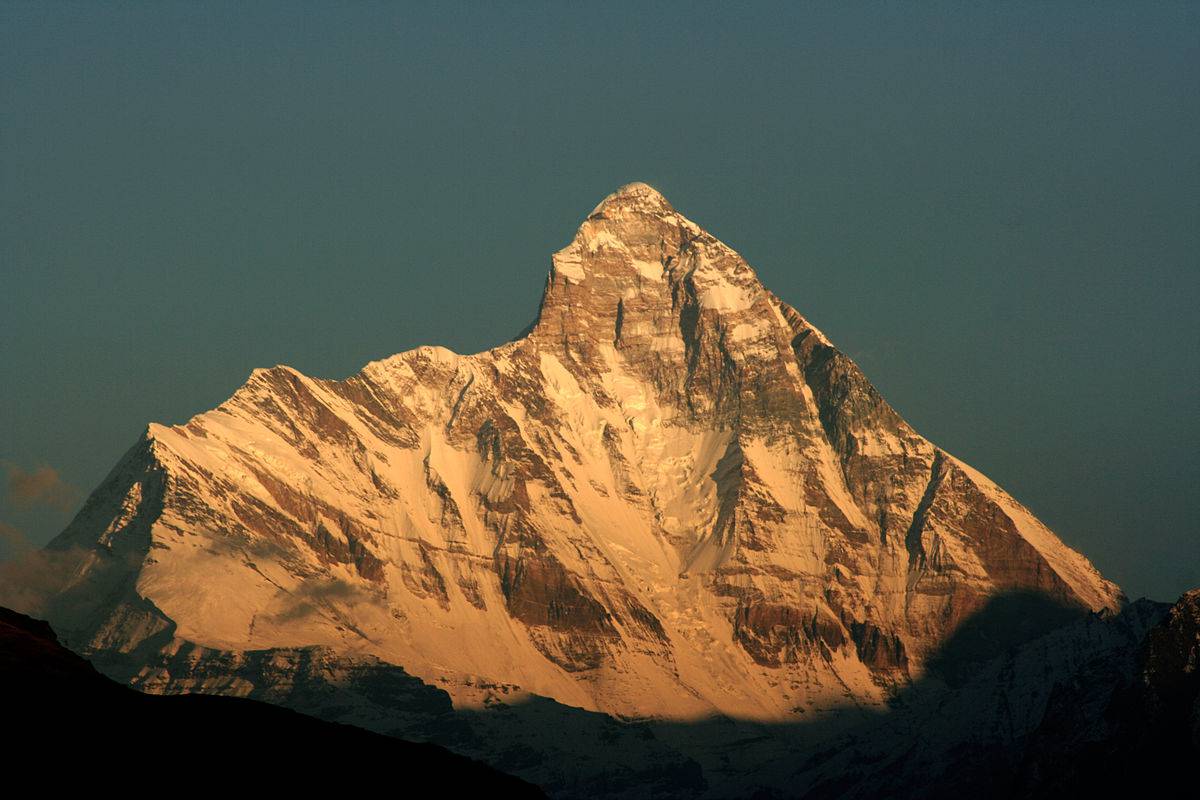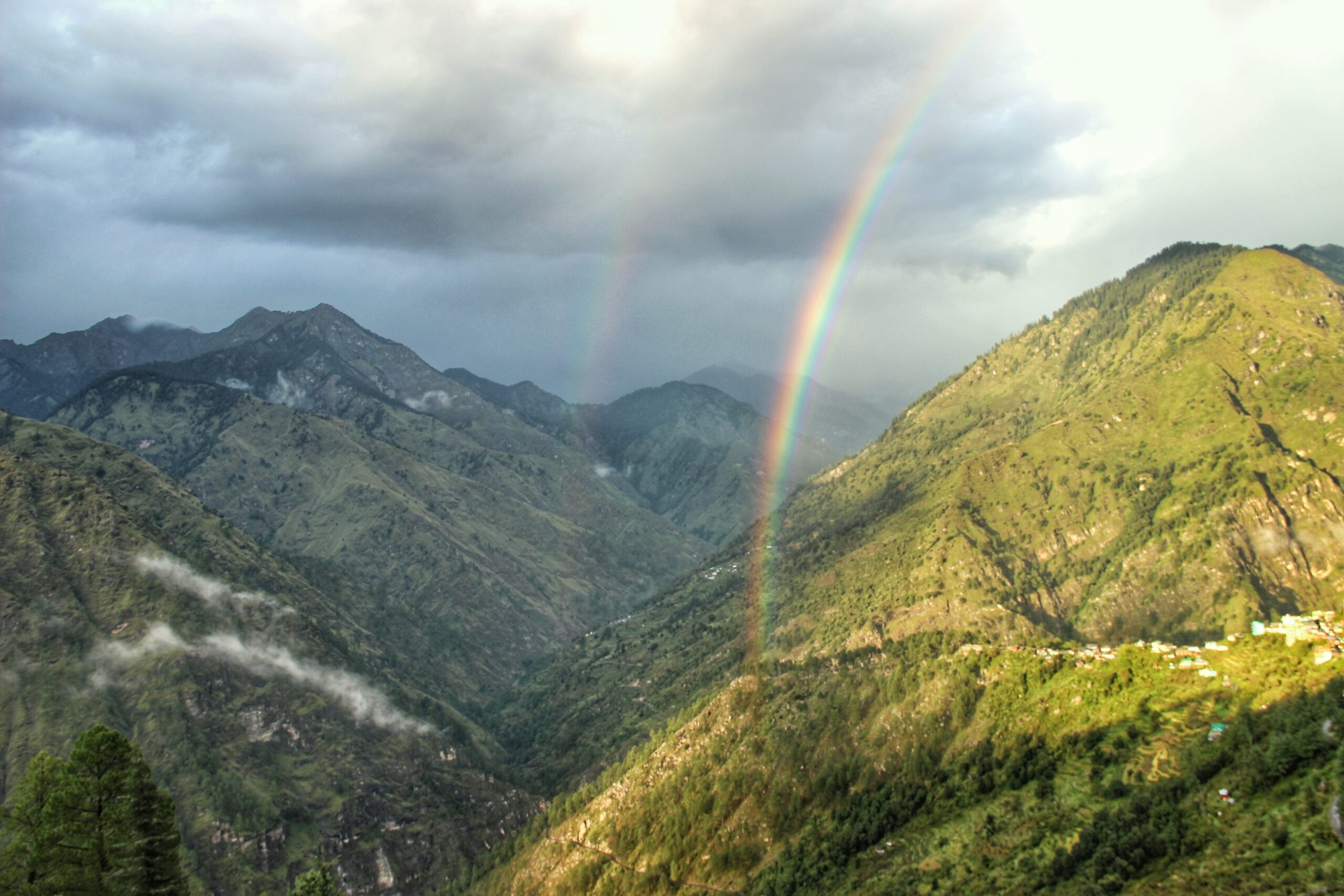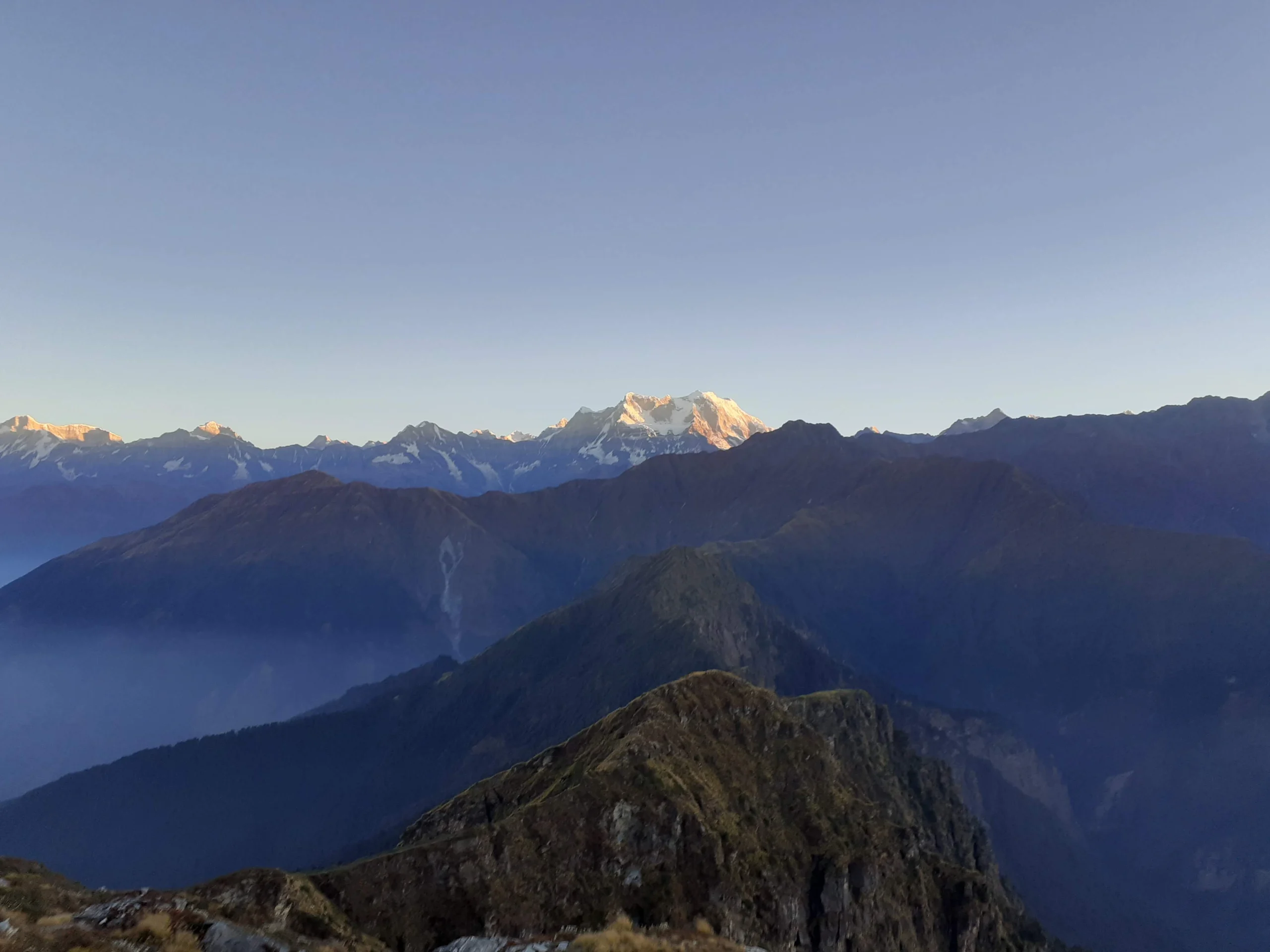Tucked into the Doon Valley between the mighty Ganges and Yamuna rivers, Dehradun is a city where colonial heritage, hill-station charm, and urban vitality come together in perfect harmony. Once a sleepy township under British administration, it has evolved into the bustling capital of Uttarakhand while retaining a relaxed pace of life that invites visitors to slow down and explore.
From the verdant forests that frame its horizons to the heritage bungalows that still whisper tales of yesteryear, Dehradun offers something for every traveler. In this blog, we’ll unveil its history, explore its natural wonders, explore its spiritual heart, and share practical tips for making the most of your visit.
A Stroll Through History
Founded in the early 19th century by British administrators, Dehradun was developed as a refuge from the heat of the plains and a gateway to Himalayan expeditions. Today, you can still wander past stately colonial-era teakwood bungalows on Rajpur Road, their wraparound verandahs now converted into charming cafés and guesthouses. The Forest Research Institute (FRI), an imposing Greco-Roman edifice set amid 450 hectares of manicured lawns, is a must-see. Its museum chronicles India’s forestry heritage through dioramas, timber exhibits, and botanical displays, while guided nature trails reveal hidden streams and century-old trees.
A short drive away, the Indian Military Academy campus showcases its own blend of tradition and grandeur: whitewashed barracks, manicured parade grounds, and solemn memorials. Even if you’re not a history buff, the sense of stepping back in time—along roads lined with rhododendrons and pines—is undeniable.
Nature’s Playground
Beyond the colonial façades, Dehradun is enveloped in green. Pine and deodar forests rise toward the Shivalik foothills, offering easy escapes from the city’s streets. Robber’s Cave (Guchhupani) is one of the most popular: a narrow limestone gorge where a cool stream flows through high, creviced walls. Wander in bare feet, let the icy water swirl around your ankles, and watch sunlight dance on rocky surfaces—it’s a sensory delight, especially on a hot afternoon.
For wildlife enthusiasts, Rajaji National Park (20 km west) hosts elephant and deer safaris, followed by birdwatching opportunities in riverine landscapes. Families can also enjoy the approachable Malsi Deer Park, located just 8 km from the city center, which shelters spotted deer, peafowl, and small mammals.
Another gem in Dehradun’s natural playground is the Nag Tibba Trek, a landscape where dense pine forests, rolling meadows, and vibrant wildflowers create an immersive outdoor experience. Just 4 hours away by road and trail, the Nag Tibba route winds through nature’s finest sights: from chirping Himalayan birds at lower altitudes to panoramic alpine vistas on the summit, making it an ideal day-long or overnight adventure for both novice trekkers and seasoned hikers wanting to reconnect with the hills.
Spiritual Hotspots
Dehradun means “Holy Valley,” a nod to its spiritual significance. The Mindrolling Monastery, perched on a verdant hillside, is one of the world’s largest Buddhist centers. Its 60 m-high stupa—freshly painted in white and gold—glimmers against the skyline, while prayer flags flutter in the breeze. Inside, murals depict scenes from the Buddha’s life, and monks chant in courtyards framed by ornate carved gates.
Another cherished site is the Tapkeshwar Mahadev Temple, built around a natural cave where droplets of water tap incessantly over a Shiva linga. The temple complex feels almost otherworldly at dawn, when mist curls through ancient trees and the sound of dripping water mingles with temple bells.
Taste of the Valley
Dehradun’s culinary scene blends Garhwali tradition with street-food flair. Stroll down Prince Road, and you’ll find stalls dishing out aloo puri, kachori, and mossy green kandali roti—a flatbread made from wild nettle leaves. For homestyle fare, head to “Mom’s Secret” on Rajpur Road, where dal–rice–pickle thalis arrive steaming, accompanied by crisp papad and seasonal chutneys.
Regional specialties include Kafuli (a velvety spinach and fenugreek curry) and Mandram (hearty lentil soup), best paired with steaming dumplings at local dhabas along Mussoorie Road. And don’t leave without trying Bal Mithai, a fudgy sweet coated in tiny sugar balls—a Dehradun classic.
A Booming Education Hub
Dehradun’s reputation is no longer just about its scenic beauty and historical charm—it’s rapidly emerging as a premier education hub. The city’s thriving academic ecosystem offers everything from traditional university programs to cutting-edge professional courses. Among these, digital marketing course stands out as a beacon for students and professionals alike:
- Dehradun hosts a mix of universities, private institutes, and vocational centers, all fostering a culture of innovation and practical learning.
- Institutes now run dedicated digital marketing batches every quarter, covering SEO, SEM, content strategy, social media, email marketing, and analytics.
- Most programs combine classroom lectures with online modules, allowing flexibility for working professionals and outstation students.
- Course syllabi are updated regularly to reflect the latest Google Ads updates, Facebook algorithm changes, and AI-driven marketing tools.
- From certification exams (Google, HubSpot, Facebook Blueprint) to guaranteed internship placements, students graduate ready to launch their marketing careers.
Gateway to Adventure
As the launchpad for Himalayan escapades, Dehradun attracts adventurers year-round. Nag Tibba Trek, just 4 hours away by road and trail, is ideal for beginners: a moderate climb rewards trekkers with panoramic views of the Bandarpoonch range and glimpses of Nanda Devi on clear days. Whether you opt for a one-day push or an overnight camp under star-studded skies, this trek showcases the best of Garhwal’s natural beauty.
Closer to town, white-water rafting on the Ganges at Rishikesh offers everything from mild Class II rapids to adrenaline-pumping Class V runs. And in winter, Dehradun’s cool mornings and proximity to Auli’s ski slopes (a 5‑hour drive) make it an unexpected hub for snow sports enthusiasts.
Practical Tips
- Best Time to Visit: October–March for clear skies and crisp air; May–June for verdant forests (temperatures can reach mid‑30 °C, so plan forest escapes accordingly).
- Getting Around: App-based taxis, auto-rickshaws, and shared tempo-trax services are plentiful. Walking the central districts—Rajpur Road, Mall Road—is both safe and scenic.
- Stay Options: Budget guesthouses around Gandhi Road market, mid-range heritage hotels on Library Bazaar, or luxury resorts near Sultanpur Bird Sanctuary. Peak season (October–December) fills up fast—book at least one month in advance.
- Health & Safety: Avoid drinking tap water—bottled or boiled is best. Carry sunscreen, a light jacket for evenings, and sturdy footwear for forest trails.
Why You’ll Love Dehradun
Dehradun’s charms lie in its contrasts: stately colonial structures beside bustling bazaars, silent forest trails next to chanting monks, street-food stalls steps from serene temples. It’s a place to pause, breathe in pine-scented air, and let the Himalayas whisper of adventures yet to come.
Whether you’re sipping masala chai on a verandah with Shivalik views or lacing up boots for the Nag Tibba trek, Dehradun invites you to embrace both its history and its wild heart. Pack your bags—your Garhwal gateway awaits!

